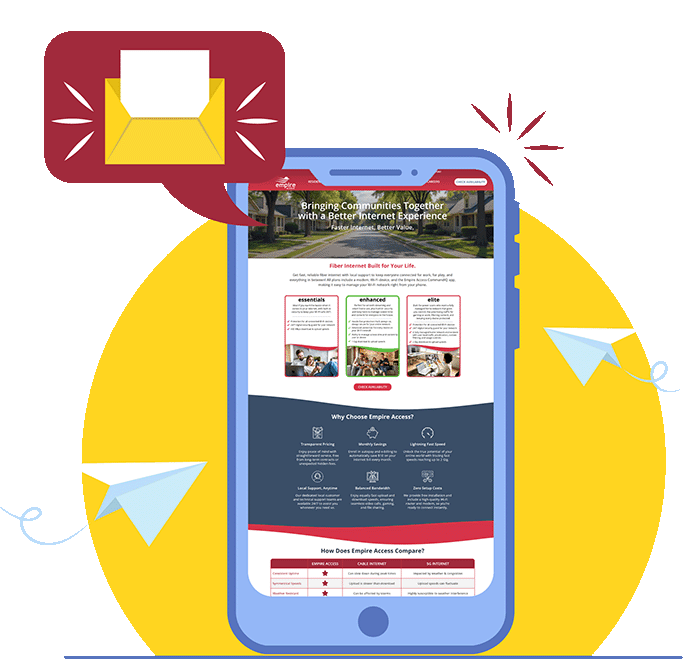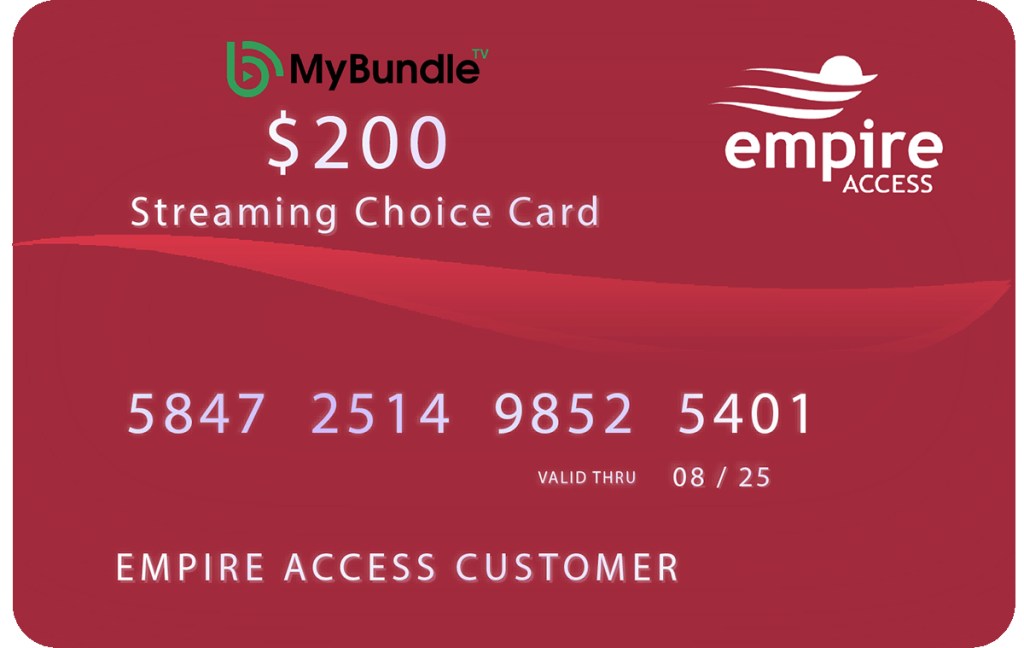Navigating the Internet Highway: A Comparison of Dial-up, Cable, and Fiber Optic Internet
In today’s digitally driven world, the internet has become a part of our daily lives. From streaming entertainment to remote work, the quality and speed of our connection can significantly impact our online experience. With various options available, such as dial-up, cable, and fiber optic internet, it’s essential to understand the differences between them to make an informed choice. Dial-up Internet: The Slow Lane Remember the days of the screeching modem connecting you to the internet? That’s dial-up. Dial-up internet operates over standard telephone lines, using a modem to dial a specific phone number to connect to the internet service provider (ISP). While it was once the primary method of internet access, it has largely been surpassed by faster technologies. Advantages: Disadvantages: Cable Internet: Cruising in the Middle Lane Cable internet leverages the same coaxial cables that deliver cable television to your home. It offers faster speeds than dial-up and is widely available in urban and suburban areas. Advantages: Disadvantages: Fiber Optic Internet: Racing in the Fast Lane Fiber optic internet represents the gold standard in internet connectivity. Instead of copper wires or coaxial cables, fiber optic cables transmit data using pulses of light, offering unparalleled speed and reliability. Advantages: Disadvantages: Choosing the Right Lane for You When it comes to selecting an internet connection, there’s no one-size-fits-all solution. Your choice will depend on factors such as your location, budget, and usage habits. While dial-up may suffice for basic browsing in remote areas, most users will find cable or fiber optic internet better suited to meet their needs. Cable offers a good balance of speed and affordability for many households, while fiber optic internet provides the fastest and most reliable connection available, albeit at a higher cost. As technology continues to advance and infrastructure improves, the digital divide between different types of internet connections will hopefully narrow, ensuring that everyone can enjoy fast and reliable access regardless of where they live.









